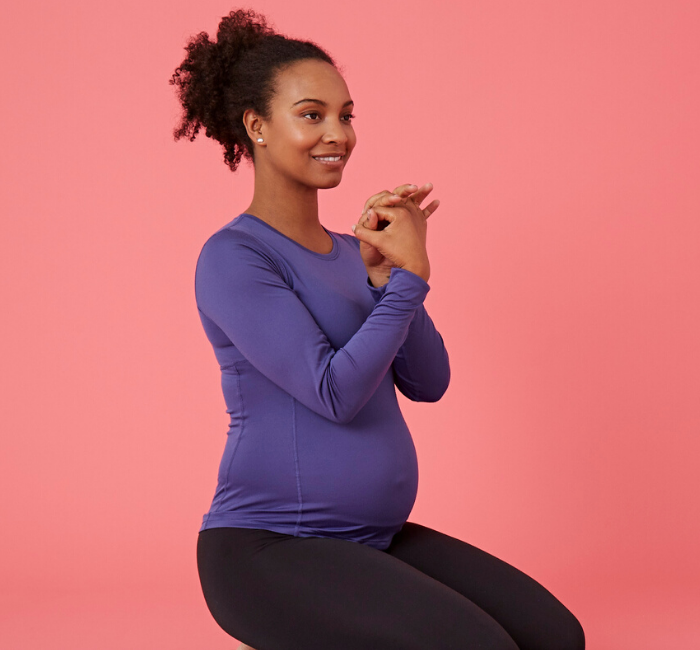What You Need to Know About Exercising with Carpal Tunnel Syndrome Post Pregnancy

Carpal tunnel syndrome (CTS) can make doing the simplest tasks such as lifting saucepans of food, typing or even doing up buttons painful. So can you even exercise? The answer is yes, but with some modifications.
If your wrists and around your thumb and first two fingers are feeling achy, tingly, painful or numb, you might be suffering from CTS. This usually starts during your second or third trimester as the median nerve, which runs down your wrist through the carpal tunnel, gets compressed because of oedema (a build-up of fluid). For most women symptoms disappear about 3 months after they have had their baby.
It’s thought that 60% of women suffer from CTS during pregnancy and it can affect either one or both hands, with symptoms ranging from mild to severe. Exercising with CTS can be tricky, but it’s definitely not impossible. The main thing is to know how to modify your workouts.
Things to Avoid While Exercising
• Wrist flexion (bending the palm of your hand down towards your wrist)
• Putting excessive pressure on your wrists. This can rule out a lot of strength and resistance work, as well as positions on all fours
Be Aware of What Your Body Is Telling You
Listen to your body. If the pain is getting worse, stop and rest your wrist. Try and keep it elevated and, if you can, ice it after your workout. This is especially important if you’re in a group class. Don’t be competitive!
Things to Stick to
• Workouts which don’t use heavy weights or resistance bands
• Movements which keep your hands, wrists and forearm in a straight line. For example, upright rows or shoulder presses with a light weight might not exacerbate your condition.
• Equipment-free cardio workouts
• Exercises which avoid pressure on your wrist. For example, if you’re doing exercises on all fours, try and come down onto your elbows and forearms instead.
You can also use blocks to help reduce pressure.
The most important thing is to avoid anything which will increase the pain. If you’re working out at home, be sensible and modify or skip an exercise. If you’re at a pre or postnatal fitness class or with a personal trainer, they should be able to advise you on how to adapt your exercises.

